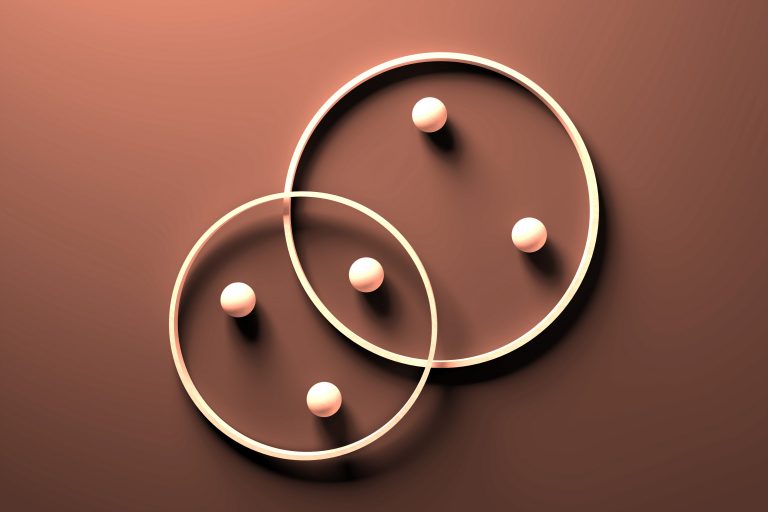Perícia no processo no Cade deve ficar mais simples e acessível
Expert Examinations in CADE May Become Simpler And More Accessible
Mauro Grinberg
Although it is not common for the Administrative Council for Economic Defense (CADE) to allow or request expert examination, we are certain (and part from this assumption) that it can be done so, since Law 12.529/2011, known as Brazil’s Antitrust Law (LDC), does not specify what types of evidence can be presented, and determines the subsidiary application of the Brazilian Civil Procedure Code. Parties usually prefer, in order to avoid higher costs, presenting written opinions from those considered able to provide technical clarifications.
If one of the parties requests expert examination, it is the General Superintendence’s role to decide whether it will be allowed or not, based on art. 72 of the LDC; obviously, both the decision to allow or deny it must be properly reasoned, whereas the party may, in case of a denial, have arrangements to make. In the case of allowance, from March 2016 the applicable law is the New Brazilian Civil Procedure Code (NCPC).
Up to this moment, the idea of performing expert examinations was hindered by the amount of steps required, as briefly explained: (i) appointment of an expert; (ii) naming of technical assistants and formulation of some questions to be answered, by the parties; (iii) meeting between the expert and the assistants; (iv) elaboration of one or more expert reports; (v) possibility to questioning the experts in a hearing; etc. (including all possible challenges and appeals). These are arduous steps which are also often hard to understand. After the NCPC, there are two important innovations that might simplify the expert examination process and, therefore, encourage its use.
The first innovation is the possibility of a consensual examination: according to art. 471, “the parties may agree on an expert”. This agreement, in administrative antitrust proceedings, takes place between CADE and the Defendant, be it before the General Superintendence or the Tribunal (as the latter complements the evidence gathered by the former). This agreement depends, on the other hand, on the authority’s separation of its functions, since it acts as both the accusing and the judging party. In this case the authority acts as an accuser, making an agreement with those defending themselves.
The second innovation comes from an adaptation of the common law system and is set forth in paragraphs 2º, 3º and 4º of article 464. The second paragraph establishes that, “the judge, under its own initiative or at the substantiated request of any of the parties, may, instead of an expert examination, determine the use of simplified technical evidence, when the controversial point is not very complex”. The third paragraph establishes that “the simplified evidence will consist only of an inquiry of an expert, made by the judge, on a controversial issue that demands special technical and scientific knowledge”. This “simplified technical evidence” is equal to common law’s “expert opinion/witness”, in which experts, instead of presenting reports, are orally inquired. This is a clear concession to the principle of oral arguments, although a written account of the expert’s inquiry must be provided in the case files.
The first issue shall be how to determine if a controversial point if of higher or lower complexity. Another issue is how to name the expert chosen by the authority, especially because there is no legal provision on indicating technical assistants (who may be present alongside the attorneys when formulating questions to be answered on the expert examination). Inside the antitrust authority’s proceeding, it would be ideal to choose an expert by mutual agreement, which should not present any technical problems. The toughest part is to break a tradition of procedural determinism, which must be mitigated by the authority in order to reach common ground with the defendant.
This change in procedural habits should also mean a change in internal habits. The authority’s internal division – even through a Chinese wall that must separate the accuser from the judge – is the most important among the changes to internal habits.
This article was originally published in Portuguese on the website Jota on February 13, 2016. Available at: http://jota.uol.com.br/duas-importantes-inovacoes-do-novo-cpc-a-respeito-da-pericia-no-processo-no-cade
Mauro Grinberg
Embora não seja comum a realização de perícias nos processos administrativos levados a efeito pelo Conselho Administrativo de Defesa Econômica (CADE), estamos certos (e partimos do pressuposto) de que ela é aplicável, uma vez que a Lei 12.529, de 2011, conhecida como Lei de Defesa da Concorrência (LDC) não especifica as provas utilizáveis e determina a aplicação subsidiária do Código de Processo Civil. As partes, até para evitar gastos mais altos, em geral preferem apresentar pareceres escritos daqueles que julgam ser capazes de apresentar elucidações técnicas.
Se a parte pede a prova pericial, compete à Superintendência-Geral (SG) admiti-la ou não, com base no art. 72 da LDC; obviamente, tanto a admissão quanto a recusa devem ser motivadas, sendo que, ante eventual recusa, a parte pode ter suas providências a tomar. No caso da admissão, aplicar-se-á, a partir de março de 2016, o Novo Código de Processo Civil (NCPC)
Até agora, a ideia de fazer perícias enfrentava a sua grande dificuldade nos seus passos, aqui postos sucintamente: (i) nomeação de perito oficial; (ii) pelas partes, indicação de assistente técnico e formulação de quesitos, (iii) reunião do perito com os assistentes técnicos; (iv) formulação de um ou mais laudos periciais, (v) possível inquirição dos peritos em audiência, etc. (incluindo todas as impugnações e a miríade de agravos possíveis). Tudo isso é trabalhoso e muitas vezes de difícil compreensão. Com o NCPC, temos duas importantes inovações que podem simplificar a perícia e, como consequência, incentivar o seu uso.
A primeira inovação é a possibilidade de perícia consensual, prevista no art. 471, de acordo com o qual “as partes podem, de comum acordo, escolher o perito”. Esse “comum acordo” se dá, no caso dos processos administrativos concorrenciais, entre a parte acusada e o CADE, seja na SG, seja no seu Tribunal (quando este complementa as provas colhidas na SG). Esse acordo depende, por sua vez, da autoridade separar as suas funções, já que ela é acusadora e ao mesmo tempo julgadora. Aqui a autoridade estará agindo como acusadora, fazendo acordo com quem se defende.
A segunda inovação decorre de uma adaptação do sistema da common law, sendo contida nos §§ 2º, 3º e 4º do art. 464. O § 2º estabelece que, “de ofício ou a requerimento das partes, o juiz poderá, em substituição à perícia, determinar a produção de prova técnica simplificada, quando o ponto controvertido for de menor complexidade”. O § 3º estabelece que “a prova técnica simplificada consistirá apenas na inquirição de especialista, pelo juiz, sobre ponto controvertido da causa que demanda especial conhecimento científico e técnico”. Essa “prova técnica especializada” é igual à expert opinion da common law, em que peritos, ao invés de preparar laudos, são inquiridos oralmente. Há aqui uma clara concessão ao princípio da oralidade, embora a inquirição do perito deva ser tomada por termo.
A primeira dificuldade será a definição do que é ponto controvertido de maior ou menor complexidade. Outra dificuldade está na nomeação do especialista escolhido pela autoridade, até porque não existe a previsão de nomeação de assistentes técnicos (que podem estar presentes junto aos advogados para auxiliar na formação de quesitos). No âmbito da autoridade concorrencial, o ideal será a escolha do especialista de comum acordo, o que não deve ser difícil tecnicamente. O mais difícil será romper uma tradição de determinismo processual, que a autoridade deve minimizar para chegar ao comum acordo com a parte.
É conveniente que essa alteração de hábitos processuais passe também pelas mudanças de hábitos internos. A divisão interna da autoridade – ainda que mediante a “parede chinesa” (chinese wall) entre o ente que acusa e o ente que julga é a mais importante das mudanças de hábitos internos.
Artigo publicado no site de informações Jota em 13 de fevereiro de 2016. Disponível em: http://jota.uol.com.br/duas-importantes-inovacoes-do-novo-cpc-a-respeito-da-pericia-no-processo-no-cade


